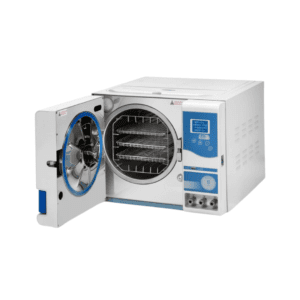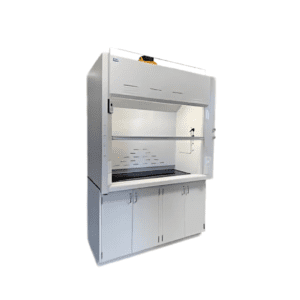Heating Mantles
Description
A heating mantle, also known as an isomantle, is a crucial piece of laboratory equipment used to apply consistent and even heat to containers, particularly round-bottom flasks, during chemical reactions, distillations, and extractions. Unlike other heating methods such as hotplates or Bunsen burners, heating mantles allow direct contact with glassware without significantly increasing the risk of breakage, as the heating element is insulated from the container to prevent excessive temperature gradients.
- Heating mantles come in various designs to accommodate different laboratory needs:
- Fabric Heating Mantles: Flexible and adaptable, these mantles can conform to various flask shapes and sizes, providing uniform heat distribution.
- Rigid Heating Mantles: Featuring a sturdy outer shell, these mantles offer durability and are less prone to damage from spills or wear and tear.
- Stirring Heating Mantles: Equipped with built-in magnetic stirrers, these mantles facilitate simultaneous heating and stirring, essential for reactions requiring continuous mixing.
Key advantages of using heating mantles include:
- Uniform Heat Distribution: Ensures consistent heating across the entire surface of the flask, minimizing the risk of localized overheating.
- Enhanced Safety: The insulated heating element reduces the likelihood of glassware breakage and provides a safer alternative to open flames, especially when working with flammable substances.
- Versatility: Available in various sizes and configurations, heating mantles can accommodate a wide range of flask volumes and shapes, making them suitable for diverse laboratory applications.
When selecting a heating mantle, consider factors such as the required temperature range, flask capacity, and whether stirring capabilities are necessary for your specific application. Proper maintenance, including regular inspection and cleaning, is essential to ensure the longevity and safe operation of the equipment.
In summary, heating mantles are indispensable tools in the laboratory, offering precise and uniform heating for various chemical processes while prioritizing safety and efficiency.





